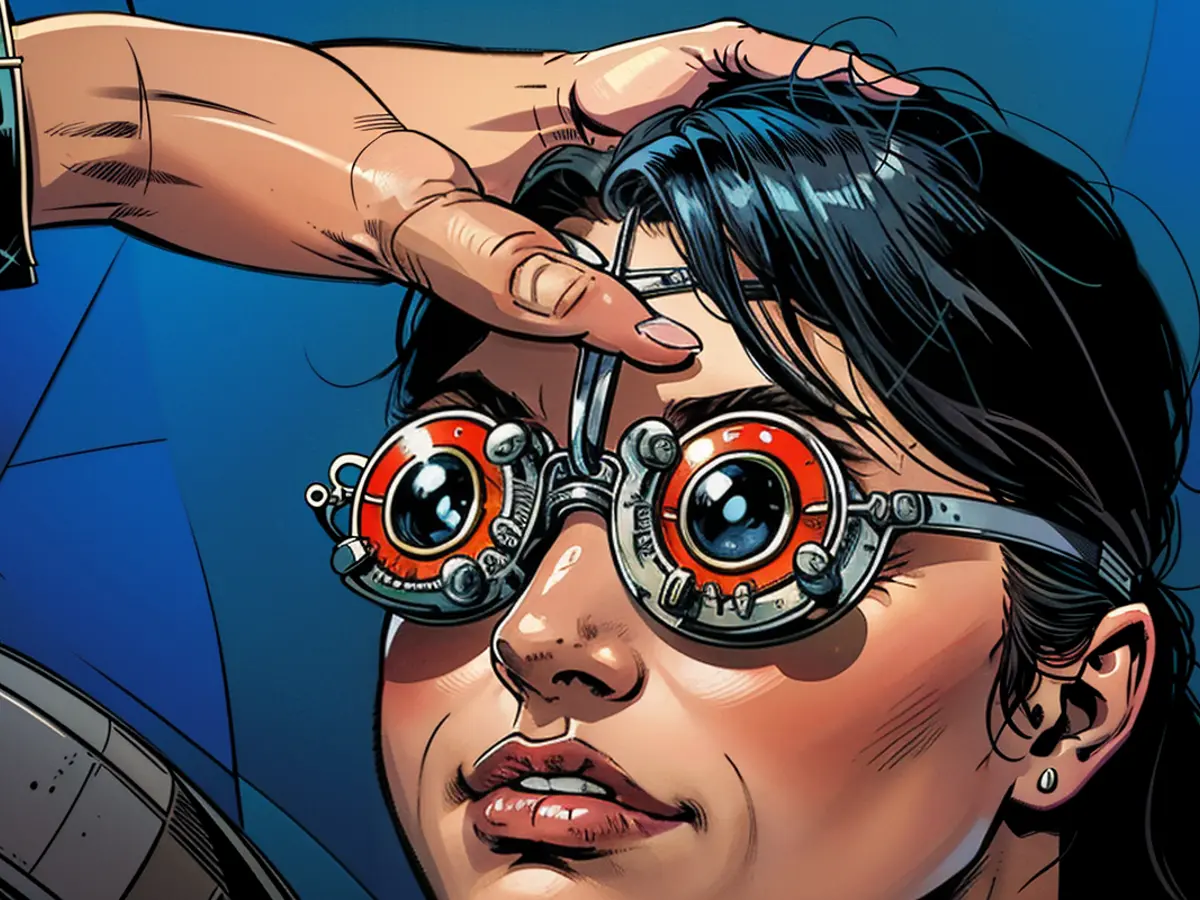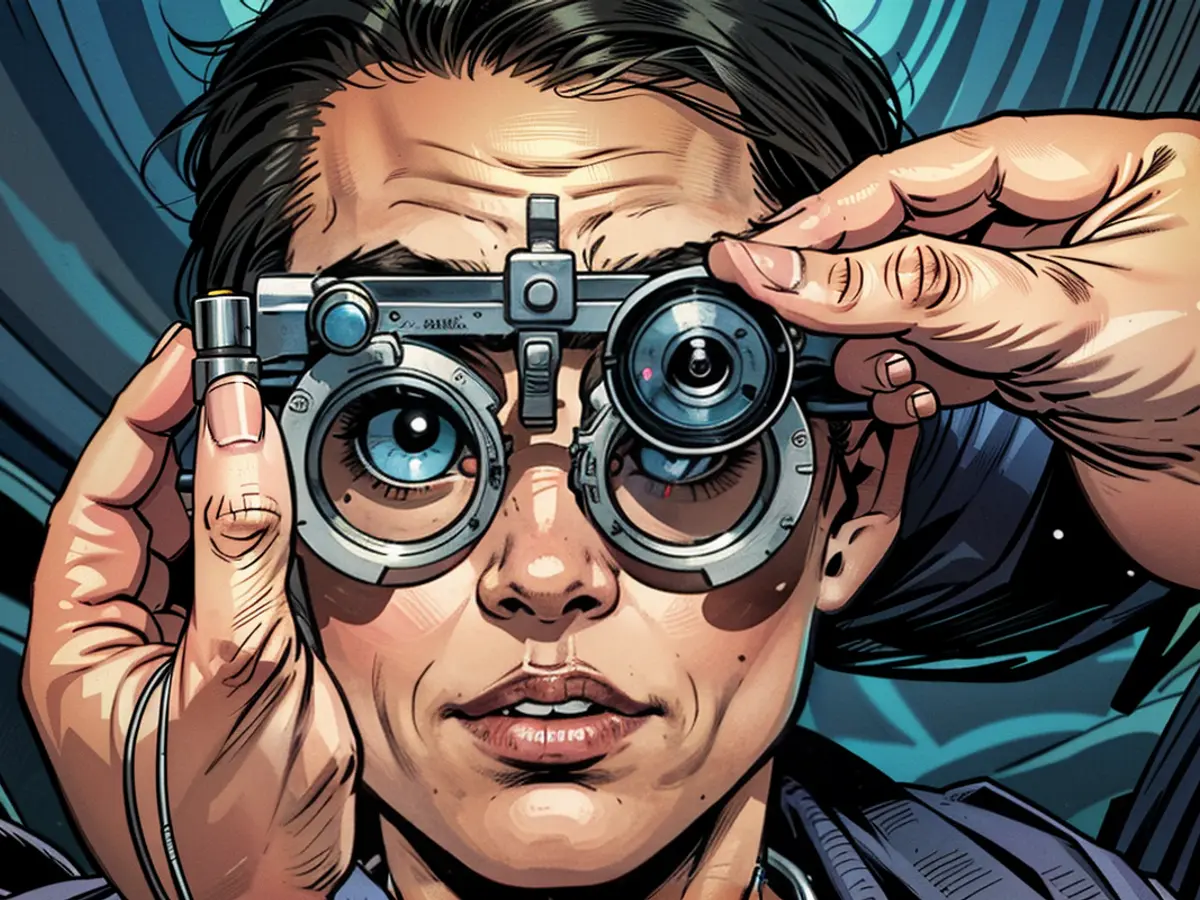Approximately one-third of children globally now experiences nearsightedness, according to recent research findings.
Myopia, or nearsightedness, occurs when nearby objects appear clear, while distant objects remain blurry. A substantial rise in myopia prevalence among children and adolescents has been observed over the last 30 years. The figures, as per a study published in the British Journal of Ophthalmology, show a rise from 24% in 1990 to nearly 36% in 2023.
Researchers from Sun Yat-sen University in Guangzhou, China, derived these conclusions by examining data from 276 studies involving over 5.4 million children and adolescents in around 50 countries across all six continents.
This surge has mainly been gradual, but a significant spike was noted post-Covid-19 pandemic, the researchers pointed out. They also noticed regional disparities.
Myopia has become a significant public health issue, with evidence pointing towards rapid increases in its prevalence, particularly in Southeast Asian countries such as Singapore, China, and Taiwan, according to the study. The highest rate of nearsightedness was observed in East Asian children at 35%, more than double that of their Caucasian peers.
This could possibly be due to East Asian children starting formal education at a younger age compared to children in other regions, stating the researchers. Japan recorded the highest incidence with 86%, followed closely by South Korea with 74%.
Globally, urban children have higher myopia rates than rural children. Additionally, girls are found to be slightly more susceptible to nearsightedness than boys.
The researchers stress that children, especially pre-schoolers, are more vulnerable to environmental factors, which is crucial to note due to their critical period of visual development.
According to forecasts, the prevalence of myopia will continue to rise among children and adolescents, reaching 36.6% in 2040 and 39.8% in 2050.
Parents can encourage certain practices to protect their children's vision, say the researchers. They suggest that children should develop the habit of frequently practising eye-protective measures. Additionally, they recommend increasing physical activity and reducing non-active activities like watching TV and playing video games. Furthermore, officials should decrease homework and tutoring pressures on students, promoting early eye exams and treatment.
Similar suggestions were made by Dr. Benjamin Botsford, an ophthalmologist at UMass Chan Medical School, in an article for The Conversation. According to him, children's nearsightedness progression can be slowed by taking regular breaks and avoiding excessive usage of phones or computers. Limited up-close reading time outside of school can also assist in slowing myopia progression.
Prolonged screen time can lead to eye strain and dryness. Botsford advises following the "20-20-20 rule," which involves taking a 20-second break every 20 minutes, looking at a distance of 20 feet, and blinking. He also suggests using artificial tears, which can be purchased over the counter, to help with dry eye.
Spending time outdoors is beneficial for eye health and has been associated with a lower incidence of nearsightedness in children, according to Botsford.
Implementing wellness practices, such as regular breaks and spending more time outdoors, can help reduce the progression of myopia in children. Furthermore, promoting healthier habits, like increasing physical activity and reducing screen time, can also contribute to maintaining good eye health.









